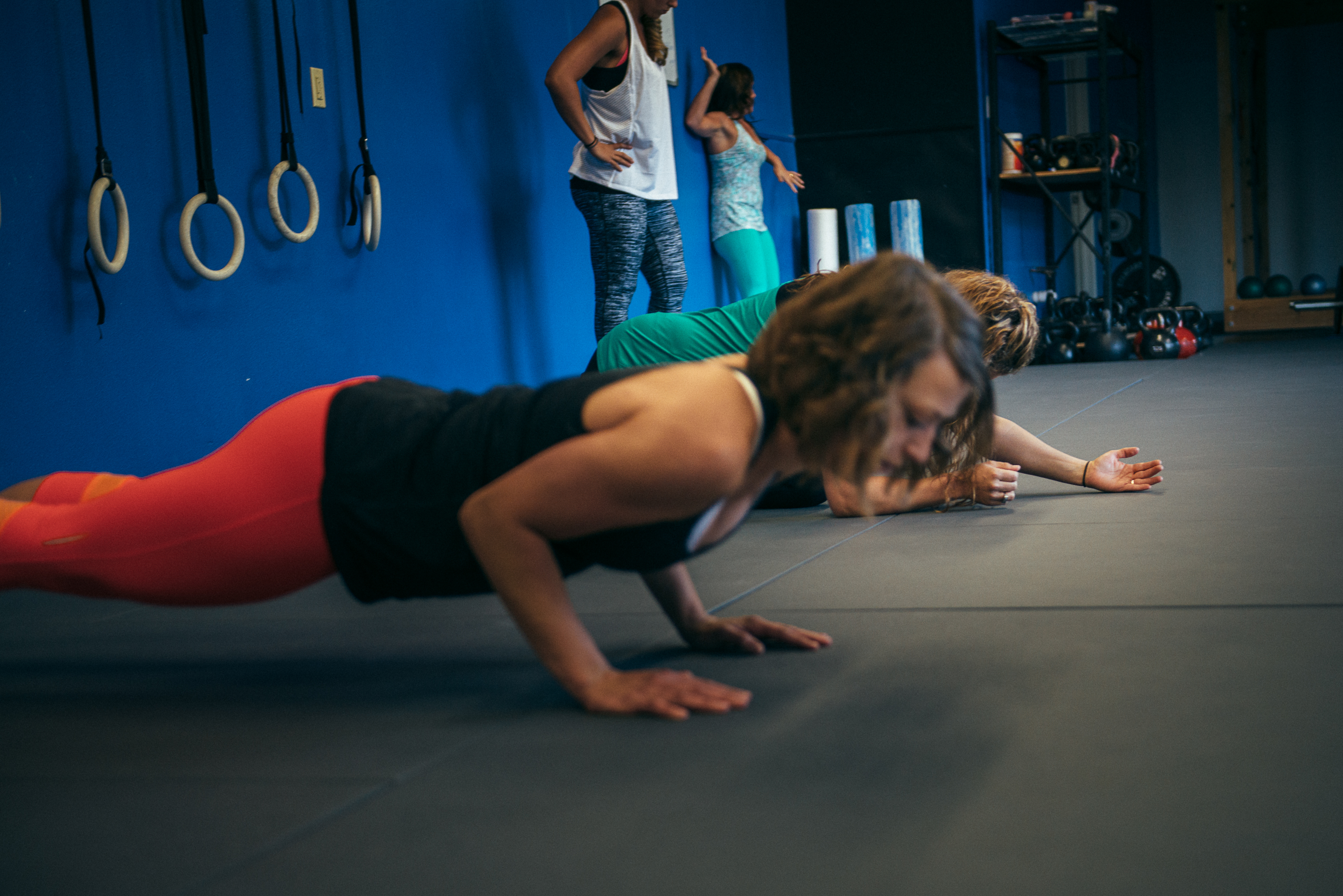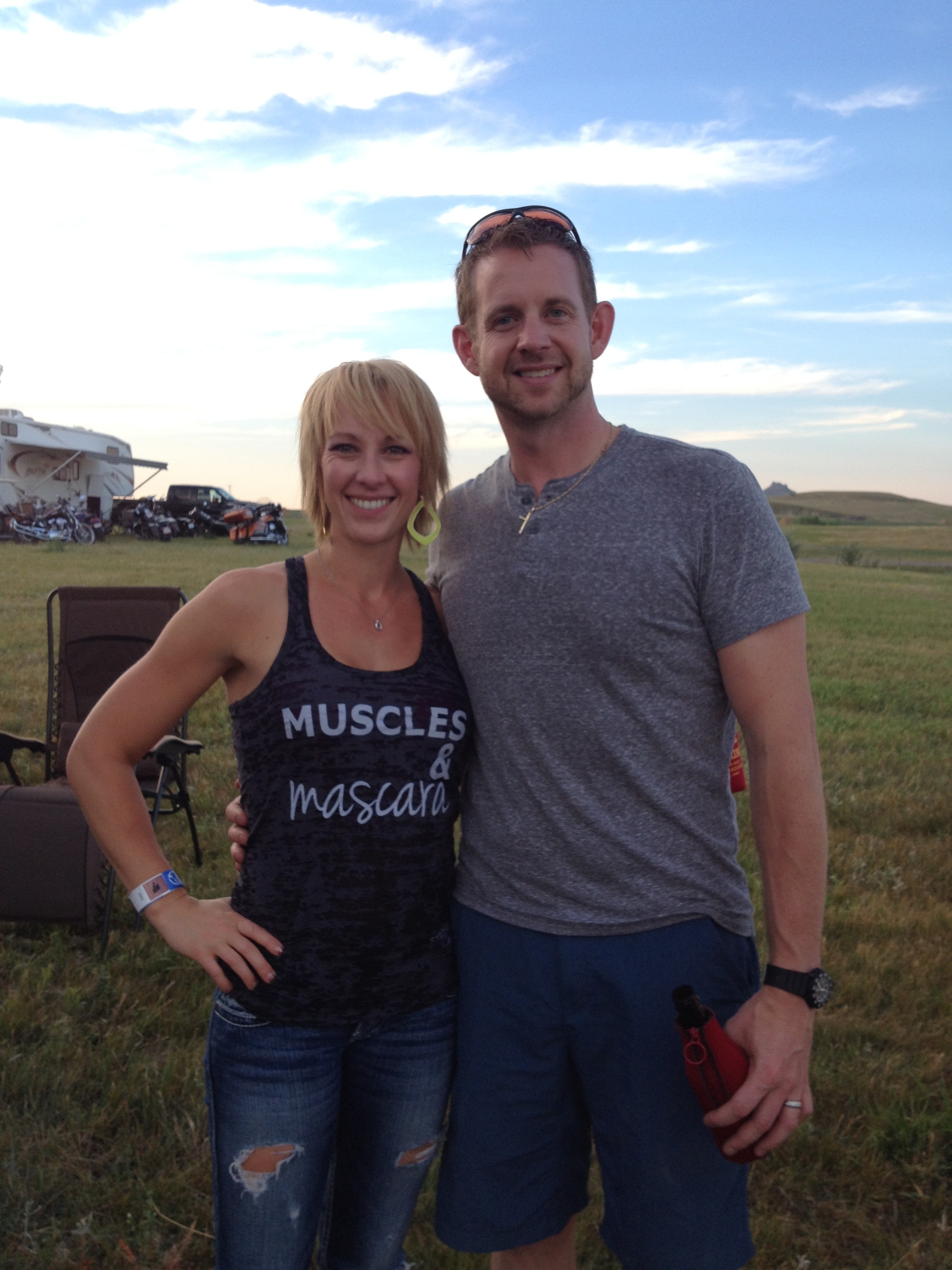“Does Lifting Weights Make You Bulky?”
Incorporating strength training into exercise for women is becoming more common all the time. Even with the growing popularity of strength training, this is still a question I get asked on a fairly regular basis.
The term “bulky” is relative. We all have different body types. Our individual bodies gain muscle and retain and/or lose fat differently. We each have individual preferences for how much muscle is ideal for us.
Most of all, remember that when our bodies are fit and healthy, they are beautiful no matter the body type.
When women think of bulkiness, competitive bodybuilders often come to mind.
Women who compete in bodybuilding didn’t accidentally get their big muscles. They worked for them. Hard. And not just in their hours in the gym, but with diligent and specific nutrition as well. Without that regimen, you won’t look like a bodybuilder. Especially not by accident.
My point is that with smart training, lifting weights – even heavy ones – won’t turn you into a she-hulk. It will give you a stronger, leaner, and fitter version of the body you were born with.
On the flip side…
On occasion, you may have seen a woman, or have been a woman, who ended up over-developed in some areas. There is a certain look that the every day woman doesn’t want to end up with.
This is especially noticeable in Olympic lifting when it’s done with ineffective technique. In this case, some women can end up with over-developed upper traps (the shoulders around the neck). I don’t know about you, but I’d rather not have a neck like Tom Hardy in the movie Warrior.
This question, “Does lifting weights make you bulky” shouldn’t really be answered as a binary yes/no proposition. It’s not that you can either lift weights or not, it’s about how you lift weights. It’s the how that determines the outcome. Not just the what.
The important thing here is the quality piece. It’s not Olympic lifting that produces over-developed upper traps, it’s Olympic lifting done with flawed technique.
If you spend some time in a world-class Olympic lifting gym, you’ll see that the women there are incredibly strong, with well-balanced, feminine physiques, and few chronic pain issues or injuries.
Technically excellent weight lifting produces a strong, well-balanced, fit body and the glutes to go with it!
It’s in gyms in which “good enough” technique happens far too early in an athlete’s development that you start to see issues.
The same concept applies to any movement. Most of us are predisposed to overactive, chronically tight upper traps and lower backs. If that’s not accounted for from the first day of an exercise program, those things gradually worsen, and become the basis of how we move.
If kettlebell swings light up your lower back, shoulders and neck, it’s because you’re not doing them well. It’s not swings per se that are the issue, it’s how they’re being done. The more reps and the more weight they’re done with, the greater the problem becomes.
In addition to upper trap dominance, this can produce other issues like weak hip extension, a tight, unstable and chronically extended lower back and unstable knees.
When hips aren’t doing the work, your knees, lower back and upper traps will take over.
What does that look like? Thicker quads without the booty to go with it, and disproportionate upper traps.
Relying too much on upper traps to move the bar also alters the mechanics in your upper body, and can easily produce shoulder problems, compensated breathing patterns and chronic tension issues like headaches.
Olympic lifts produce big traps when you do Oly lifts predominantly with your traps, rather than relying on your hips to move the weight.
How do you prevent this?
Good coaching, good programming and a good training environment are the big pieces to the puzzle.
Smart coaching. Find a coach who knows how to properly teach you. It’s far more important to do something well than to do it a lot. The quality of a movement determines the outcome that it produces once it’s done for a lot of reps, with a lot of weight, over time.
Anyone can make a super hard workout that leaves you drenched in sweat and feeling like you got beat up. The art is in knowing how to actually coach the exercises and how to effectively program the workout.
Smart programming. At Barefoot, we take many things into consideration when we write our programming. Things like energy systems, movement patterns, and breathing mechanics are all considered. Each workout has a balance with the movements that are chosen.
A good training environment. Look for a place that’s inclusive and welcoming, in which the focus is on long-term development and mastery, not short-term performance numbers that fail to account for quality and lose sight of the bigger picture.
– Abby Keyes
P.S. Want to give Barefoot a try? Getting started is easy. Just say hello here and we’ll help you set up a free week of training to see what it’s all about.


